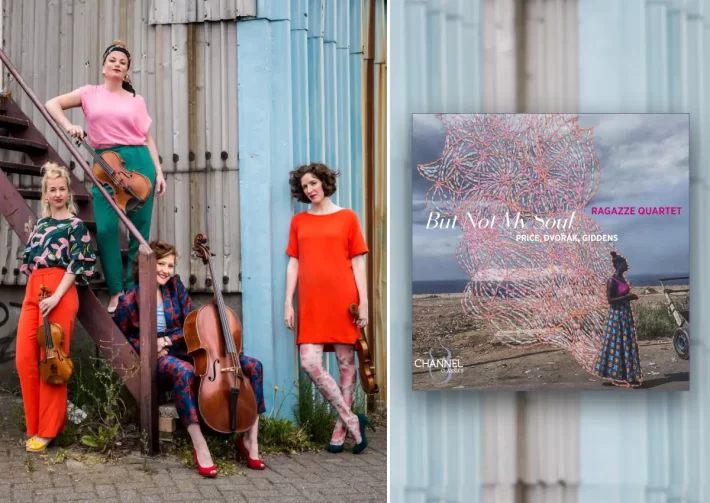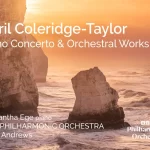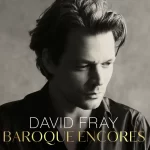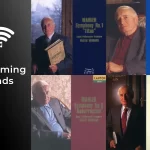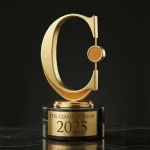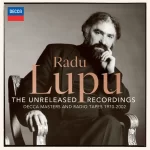The Ragazze Quartet curated this program around the theme of resilience: in their forward, they remark on how each composer “remained true to their soul” despite facing opposition. While this isn’t the first conceptual curation of its kind, I found the variety of repertoire appealing.
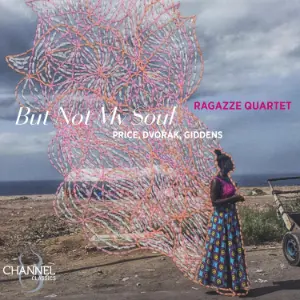
Check offerings of Ragazze Quartet’s new album on Amazon.
In a letter to Serge Koussevitzy, Florence Price acknowledged that being Black and female set less than ideal precedents for her career as a composer. While Koussevitzy never replied to her, there is comfort in knowing that her music is finally experiencing the exposure that is long due. The first movement of her second quartet (track 1) has a tonal language that speaks to Price’s experimental spirit: the chromatic ostinato is handled beautifully, starting off as a husky whisper in the middle voices before transitioning seamlessly and reappearing plaintively in the first violin.
There is something very cinematic about this movement and quartet in general, and the ensemble seems to know just how and when to push the emotional and dramatic energy forward organically, as we hear in the effective swell from 4’20”- 4’38”. I was able to hear how color changes yielded appearances of different sentiments like tenderness, disquietude, yearning, and urgency. The only issue might be that the subdued moments, while a nice touch, occasionally feel overstated. Perhaps a more subtle and fleeting approach would be more effective.
Price’s Second Quartet, by contrast, is a bit more tonal but also brighter in personality. Listen especially to the Juba (track 3), which replaces the traditional Scherzo. The players’ enthusiasm and energy for the music is delightfully tangible: the slides, jaunty syncopations, and skipping dotted rhythms create a lovely playfulness.
Image: Nichon Glerum
In the Juba (track 3), which replaces the traditional Scherzo, Listen how the players’ enthusiasm and energy for the music is delightfully tangible: the slides, jaunty syncopations, and skipping dotted rhythms create a lovely playfulness.
The ensemble aims to capture the idyllic and pastoral characters of Dvořák’s “American” String Quartet, but their efforts are hampered by less-than-ideal mic placement. Moreover, some musical choices also make each voice too similar and equally prominent across all the movements. While I tried to appreciate what the musicians had to offer here, this interpretation lacks the different facets of optimism of the Emerson Quartet’s (DG) Allegro ma non troppo; the tender dolefulness of the Lento is not nearly as captivating as the Pavel Haas Quartet’s. The Molto Vivace (track 7), does, however, have a satisfying levity while the Finale (track 8) is sure to leave an impression with the first violin’s unfailing perkiness.
The program ends with Jacob Garchik’s arrangement of Rhiannon Giddens’ At the Purchaser’s Option (track 9). The original song is from the vantage point of a young enslaved woman, who, along with her infant child, faces the prospect of being sold. The “over-clarity” of the voices may have been problematic in other works, but the perceptible layers do work better here: the pristine and rhythmic pizzicato ostinato and percussive taps creates the image of an unchanging journey, and the folk element in the violins calls to mind fiddle playing.
I suppose I was expecting a more salient presence of sadness in the performance, given the story; what’s interesting is that it’s not overtly there. Yet, this absence doesn’t make for a cold and removed performance; it’s the afterthoughts stemming from the music that left me contemplating the tragedy of the young woman’s future long after the last note.
The sound engineering I found to be a big issue across the board because it prioritizes clarity beyond anything else. While this seems a good thing in theory, the sounds are way too up-close for one to fully appreciate the music itself. The liner notes, while rather streamlined, are still meaningful for their emphasis on historical and otherwise nonmusical context that serve as important bases for these works.
With both hits and misses, my primary recommendations for the Dvořák remain unchanged, though the other works do make for a meaningful and interesting listen.

Recommended Comparisons
Dvořák’s “American” Quartet: Emerson Quartet | Pavel Haas Quartet

Check offerings of Ragazze Quartet’s new album on Amazon.
Album Details |
|
|---|---|
| Album name | But Not My Soul |
| Artist | Ragazze Quartet |
| Label | Channel Classics / Outhere |
| Catalogue No. | CCS45724 |
| Amazon link | Buy here |
| Work | Price – String Quartet No. 2 in A Minor |
| Work | Dvořák – String Quartet No. 12, Op. 96 “American” |
| Work – | Giddens – At the Purchaser’s Option |
Included with an Apple Music subscription:
Latest Classical Music Posts
- Review: Avril Coleridge-Taylor – Piano Concerto & Orchestral Works – Ege, BBC Philharmonic, Andrews
- Review: “Baroque Encores” – David Fray, Piano
- Streaming Finds: Neumann’s Late Mahler Cycle (Canyon Label)
- Year In Review – The Best Classical Music Albums, 2025
- Review: Radu Lupu – The Unreleased Recordings
- 5 Best Loudspeakers For Classical Music – 2025
Read more classical music reviews or visit The Classic Review Amazon store
Follow Us and Comment:
[wd_hustle id=”HustlePostEmbed” type=”embedded”]

